“If you’re well, you should be able to live on a piece of bread, while working the whole day long, and still having the strength to smoke and drink your glass; you need that in these conditions. And still to feel the stars and the infinite, clearly, up there. Then life is almost magical, after all.”
— Vincent Van Gogh


“Islands do not want laptops or cell phones or any ringing or buzzing noise except the brass bell to summon you to dinner in the Wanigan or the buzzing of moths around a kerosene lamp or candle. Islands want you to read old editions of Leaves of Grass or eighteenth-century travel books so you can dip your naked body into them long enough to scrub off the dust of continents, of offices, of the noise of ringing, buzzing, beeping gadgets, of human foolishness. Even if the island is small, the imagination grows large to encompass and comprehend it. Islands want true artists.”
Bill Holm, Eccentric Islands
Being an artist in residence on Mallard Island was my chance to live the life of an artist, to make watercolor painting my primary task for six days in a row. No errands to run, nothing to schedule, no appointments, no mail, no email, no bills to pay, almost no cooking, and no outside interruptions . . . I wanted to make productive and creative use of this time apart.
I came to Mallard without any fixed project to devote myself to. I thought perhaps that the books and library would inspire me to create a new bookish project. I wanted to be open to the influences of this special place. But I was also conscious of the finiteness of my time there, and I soon settled in to making a watercolor journal about Mallard Island, combining images and quotes from my pre-trip readings and my own words. That became my primary “work.”
I soon realized that I simply could not paint for eight hours a day. I was pulled away by the urge to meander around the tiny island with my camera, capturing its unique features and artifacts and buildings in the ever-changing light and weather. I wanted time to browse the books. I wanted time to read. I wanted time to just sit on a porch or deck and watch the waves lapping the shore.
So my typical day went as follows: upon waking (no alarm clock) I went out to the eastern point to watch the sunrise, then assembled and ate a quick breakfast, then gathered my art supplies and found a spot to work. For such a small island, there was an abundance of nooks and crannies that would have provided secluded and private spots to work and make art. Oberholtzer was a man who loved porches, and any one of them would have sheltered a creative spirit.
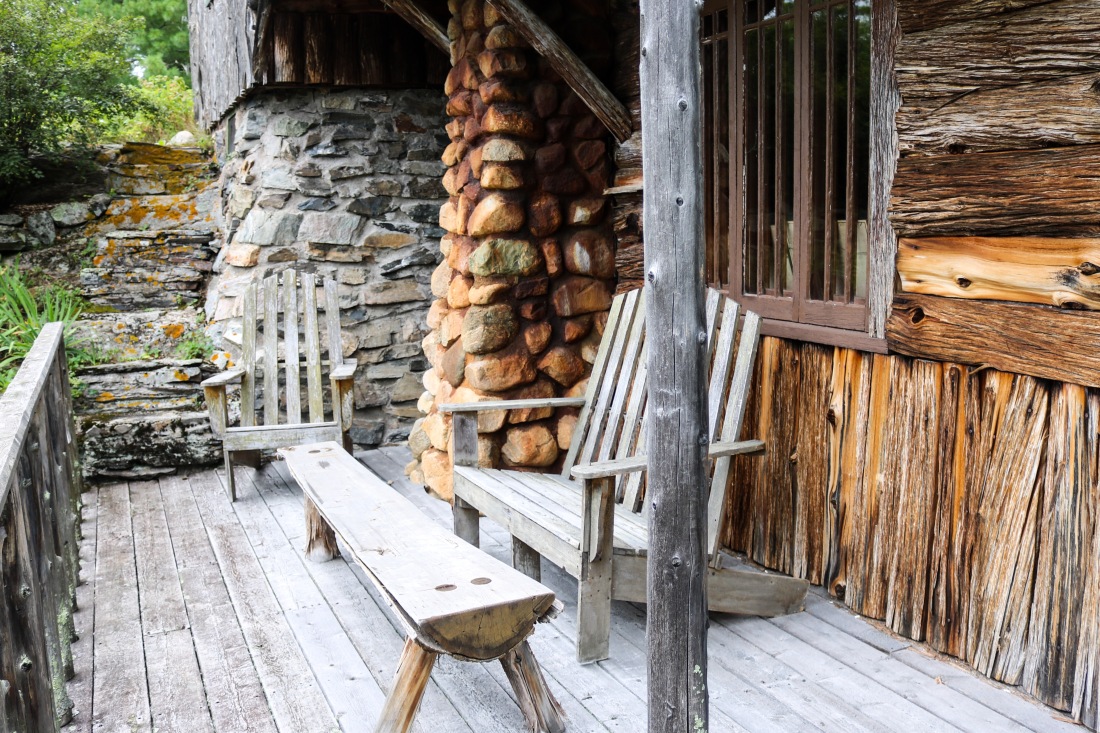

But my absolute favorite place to paint was the tiny Japanese House. It was a bit out of the way on the westernmost tip of Mallard Island, approached by crossing an arched stone bridge. It was a single room with a peaked roof, surrounded on all four sides by a screened-in narrow porch. It had purple painted floors with a Japanese character painted in orange on each side (the cardinal directions?). Its big window opened wide to an island-dotted view of Rainy Lake. There I worked four or five hours on my journal pages before stopping for lunch, and that typically completed the day’s painting portion of my artistic endeavors.

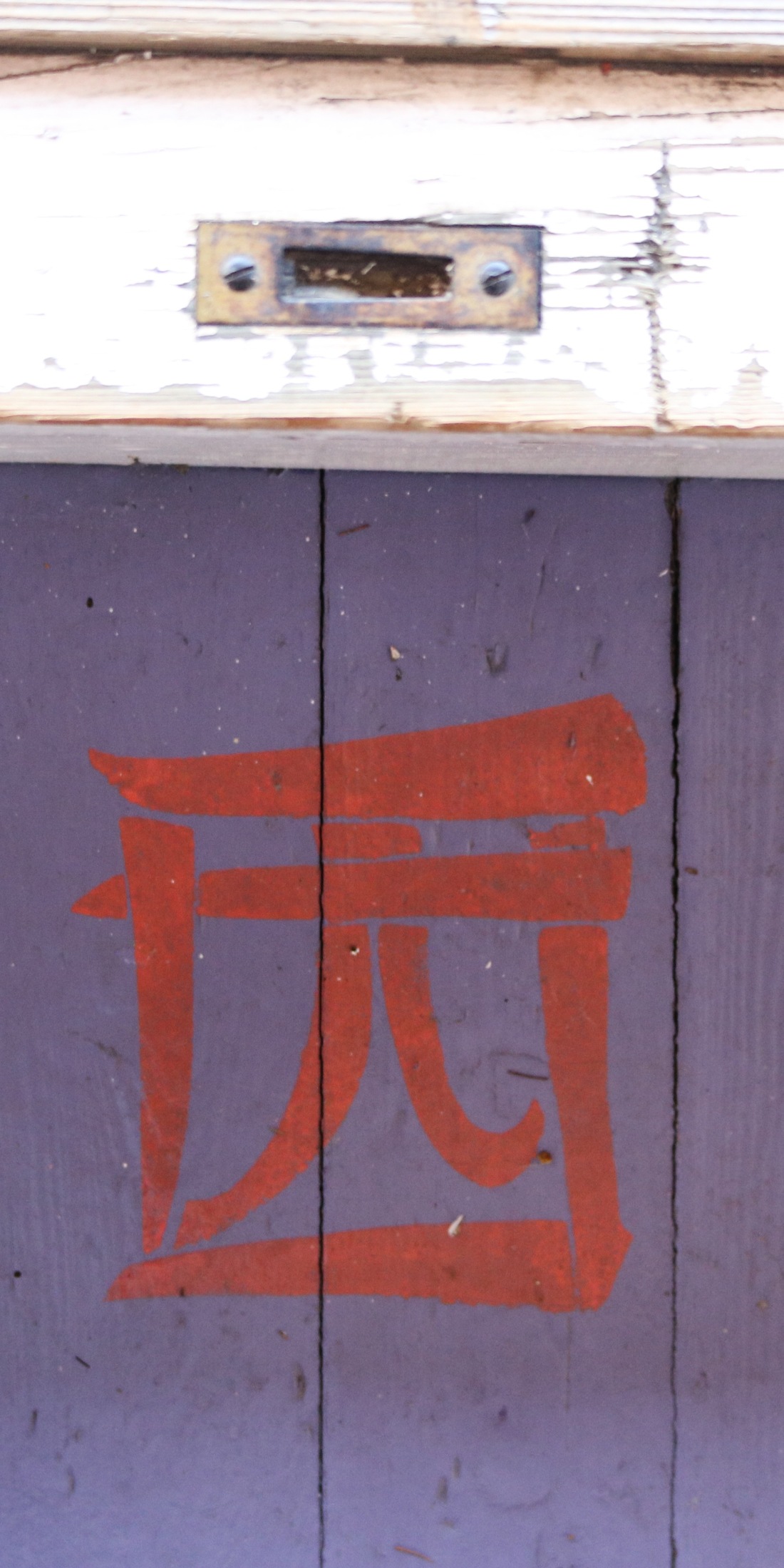
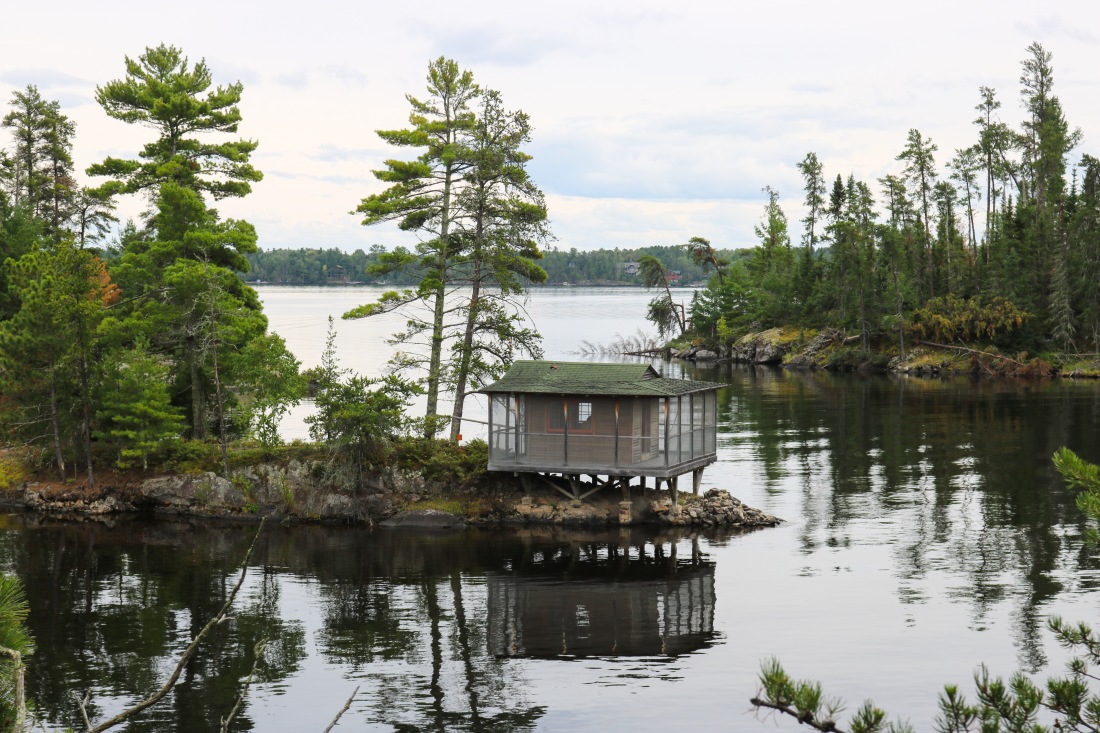
After lunch I had a few “free” hours before the group gathered for our communal dinner. Editing and uploading photos took a good portion of my time, but I also read and explored. One afternoon Cecilia and I took out a canoe and rowed to Crow Island for a hike. We also paddled around Gull Island. Others were often out and about, socializing and becoming acquainted. The shared dinners were always a convivial time. A couple of times we met evenings in the Drum Room of Ober’s House for piano music and conversation.

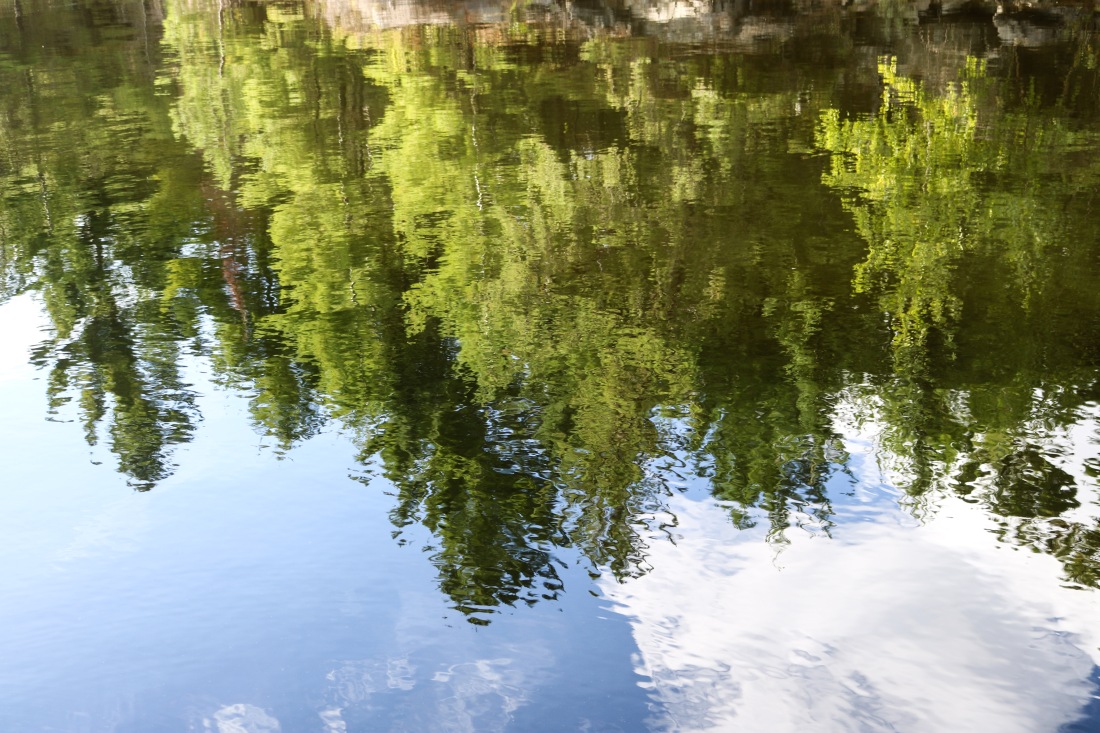
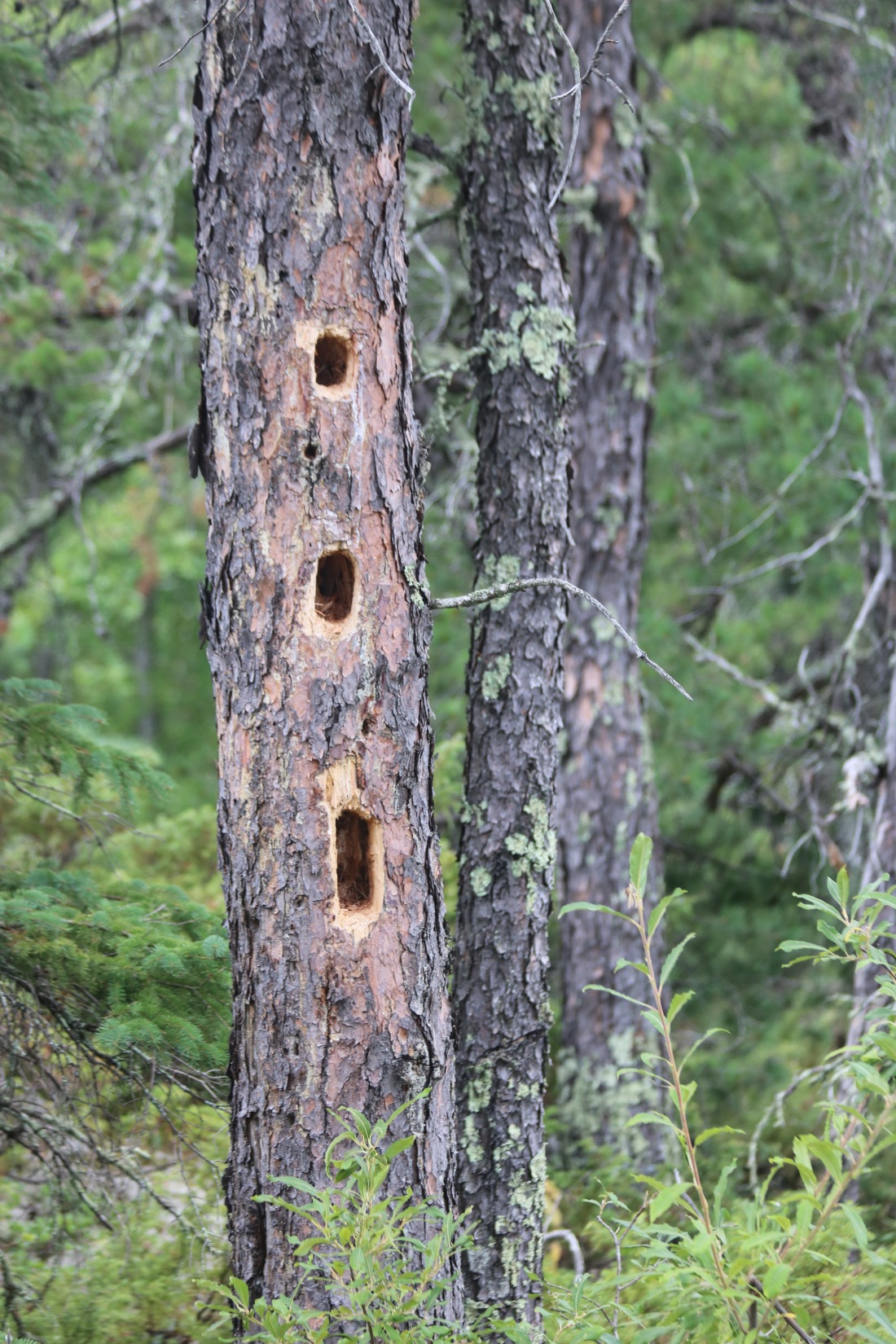



Nature continually offered visual gifts: ever-changing clouds, sunshine, trees and water illuminated by the nearly full moon, stars, and even the Northern Lights (which made an appearance just one night — ephemeral curtains of pale green light, fading in and out over the treeline of Crow Island). One day we spotted an unusual sight — a free-floating bog/tangle of grasses floated by in the distance like a long natural barge.

Writer Joe Paddock, in Keeper of the Wild: The Life of Ernest Oberholtzer, made this comment about the effect of Mallard Island on its lucky visitors: “In many, an archetype is awakened that releases an ancient joy at finding human shelter so in continuum with nature. . . . those in whom the archetype awakens become playful, expansive, and creative on the Mallard. They regain connection with soul.”